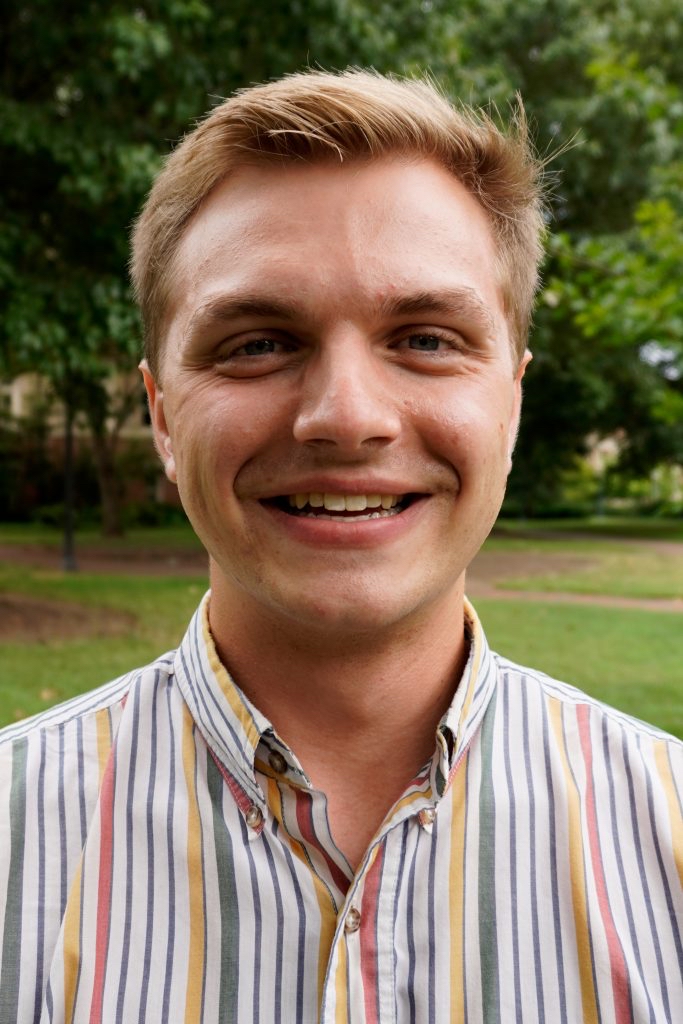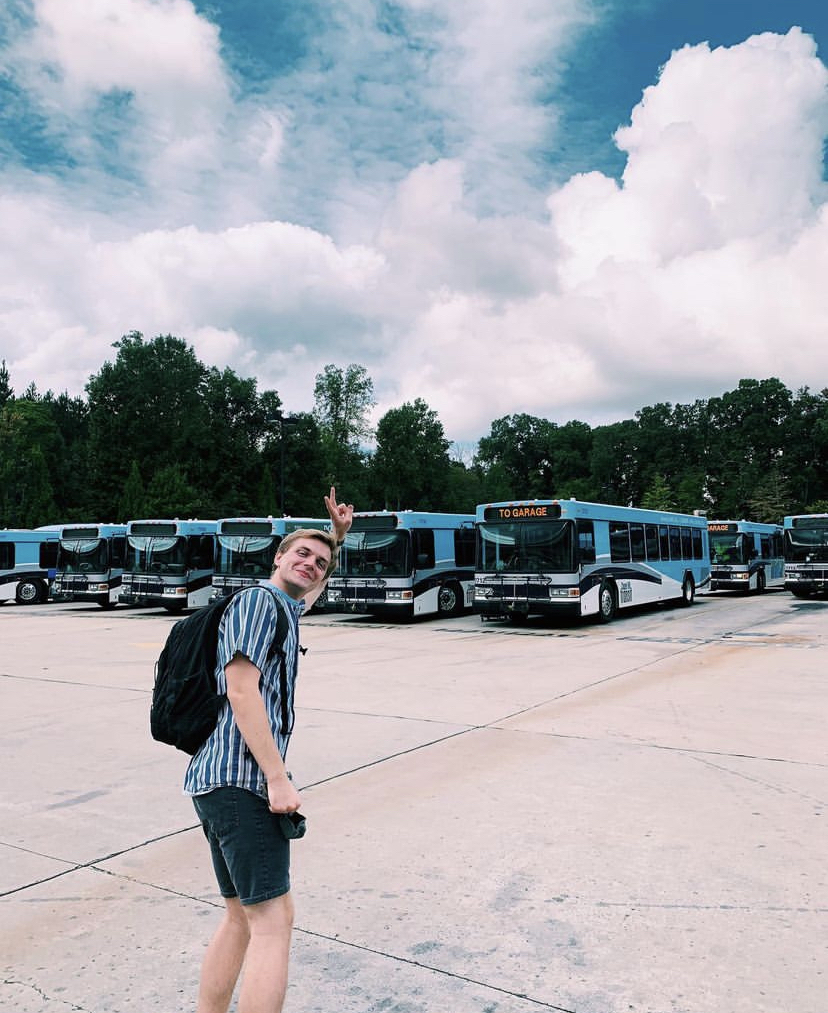By Ines Aviles-Spadoni, M.S., STRIDE Research Coordinator

The COVID-19 pandemic generated a sense of longing for the outside world as opposed to being cooped up inside our homes. Reacting to the general public’s desires, cities around the world acted quickly and created outdoor spaces for recreation and commerce. Street space was reallocated to support recreational activities such as walking and biking. These spaces also included considerations the for the physical distancing recommendations at the time.
While the reallocation of street space to the non-auto modes occurred throughout the United States, interventions were more limited and fewer in number in southeastern cities than in other parts of the country.
To understand why cities in other regions of the U.S. experienced success in quickly meeting the demands for public space during the pandemic, it is worth taking a closer look at the planning process that occured in the Southeastern U.S.
Exploring this issue is Luke D. Morin, a master’s student at the University of North Carolina at Chapel Hill. Morin’s work is part of a STRIDE year 6 project titled State DOT Policies Affecting Adaptive Street Use: Learning from COVID-19 Experiences. The principal investigator is Dr. Tabitha Combs.
Specifically, Morin’s goal is to identify the local and state policies that have impacted the scale and success of COVID-19 street reallocations and how those policies can be applied in the Southeastern U.S.
“For my master’s project, I’m building off this work with Dr. Combs and STRIDE to learn more about the pre-existing active transportation plans or programs that facilitated the success of COVID-19 street reallocations,” Morin said. “These pre-existing supports vary by city but could include active transportation plans, infrastructure, or advocacy organizations.”
Morin gave the city of Portland, Oregon as an example. He says the city’s COVID Safe Streets Initiative was a success due in part to its existing network of “neighborhood greenways”. Neighborhood greenways are low-traffic streets that include traffic calming features. Morin says these were transitioned to “local access only” streets during the pandemic.

“As a result, while social distancing guidelines were in place, residents had plenty of space to get outside safely,” he said.
While many cities were successful and innovative in providing outdoor spaces for residents during the COVID-19 pandemic, others were not so successful, and examining the planning process will help decision makers plan effectively in the future.
“Examining the pre-existing planning processes, infrastructure, and advocacy organizations that supported successful COVID streets projects will provide important examples for planners or public officials looking to better prepare for the next disruptive event,” Morin said. “It is my hope that my master’s project will result in a better understanding of pre-existing supports that will allow for cities to be better prepared for the next major transportation disruption.”